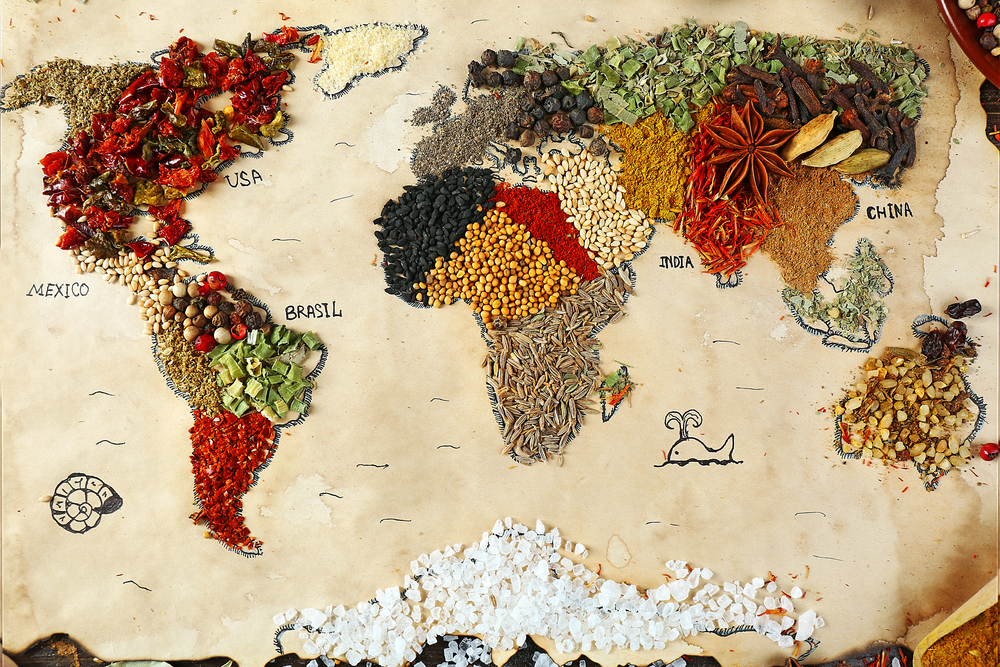Spices have been cherished for centuries, not only for their ability to enhance culinary experiences but also for their medicinal and preservative properties. However, the journey from farm to table is complex, particularly due to the intricate web of regulations and standards governing the spice trade. These rules are crucial for ensuring quality, safety, and fairness in the global market, but they also present challenges for producers, exporters, and regulators.

The Importance of Regulations and Standards
Spice regulations and standards are vital for several reasons. First, they protect consumers by ensuring that spices are free from contaminants, such as pesticides, heavy metals, and microbial hazards. Given that spices are often consumed in small quantities, even minor contaminants can pose significant health risks. For instance, aflatoxins, which can occur in improperly stored spices, are potent carcinogens.
Second, regulations and standards help maintain quality and authenticity. The global spice market is susceptible to fraud and adulteration, where cheaper or synthetic substances are mixed with genuine spices to increase profit margins. Standards help verify the purity and authenticity of spices, thereby protecting consumers and ensuring fair competition among producers.
Third, they facilitate international trade by harmonizing requirements across different regions. The global nature of the spice trade means that spices often cross multiple borders from farm to table. Without harmonized standards, exporters would face a bewildering array of regulations, potentially leading to trade barriers and economic inefficiencies.
The Regulatory Landscape
The regulatory landscape for spices is diverse and multifaceted. Different countries and regions have their own sets of rules, often reflecting local priorities and concerns. In the United States, for example, the Food and Drug Administration (FDA) regulates spices under the Federal Food, Drug, and Cosmetic Act. The FDA sets limits for contaminants and enforces labeling requirements, among other responsibilities. In the European Union, the European Food Safety Authority (EFSA) plays a similar role, but with its own specific guidelines and limits.
Internationally, the Codex Alimentarius Commission, a joint venture between the Food and Agriculture Organization (FAO) and the World Health Organization (WHO), provides a set of guidelines and standards that many countries use as a reference. These standards cover aspects such as permissible levels of contaminants, hygiene practices, and labeling requirements.
Challenges in Compliance
Navigating these regulations is challenging for several reasons. One major issue is the variability in standards across different jurisdictions. For instance, permissible levels of certain contaminants may differ between the EU and the U.S., requiring exporters to tailor their products to meet the specific requirements of each market. This not only complicates the production process but also increases costs.

Another challenge is the complexity of testing and certification. Spices, often sourced from small farms in developing countries, may not have access to the sophisticated testing facilities required to ensure compliance with international standards. This can be a significant barrier to entry into lucrative markets like the EU and U.S. Additionally, the cost of testing can be prohibitive for small producers, leading to a concentration of market power among larger, more established companies.
Traceability is another critical concern. Ensuring that a spice product can be traced back to its source is essential for both quality control and compliance with regulations. However, the long and complex supply chains in the spice industry make traceability a challenging task. This is particularly true for spices sourced from regions with less developed regulatory frameworks.
Future Directions
To navigate the complex world of spice regulations and standards effectively, several steps can be taken. First, there is a need for greater international harmonization of standards. Organizations like the Codex Alimentarius can play a pivotal role in this regard, but cooperation among national regulatory bodies is also crucial.
Second, there should be more investment in capacity-building in developing countries. This includes not only technical facilities for testing and certification but also training for farmers and producers on good agricultural and manufacturing practices.
Third, technology can be leveraged to improve traceability and transparency in the supply chain. Blockchain technology, for example, offers a promising avenue for ensuring that every step in the supply chain is recorded and verified, thereby increasing consumer trust and compliance with regulations.
Conclusion
Navigating the world of spice regulations and standards is a complex task, but it is essential for ensuring the safety, quality, and fairness of the global spice trade. While challenges exist, particularly in the areas of variability in standards, testing, and traceability, there are also opportunities for improvement. Greater international cooperation, investment in capacity-building, and the use of technology can help overcome these challenges, ensuring that spices continue to enrich our lives in a safe and authentic manner.
